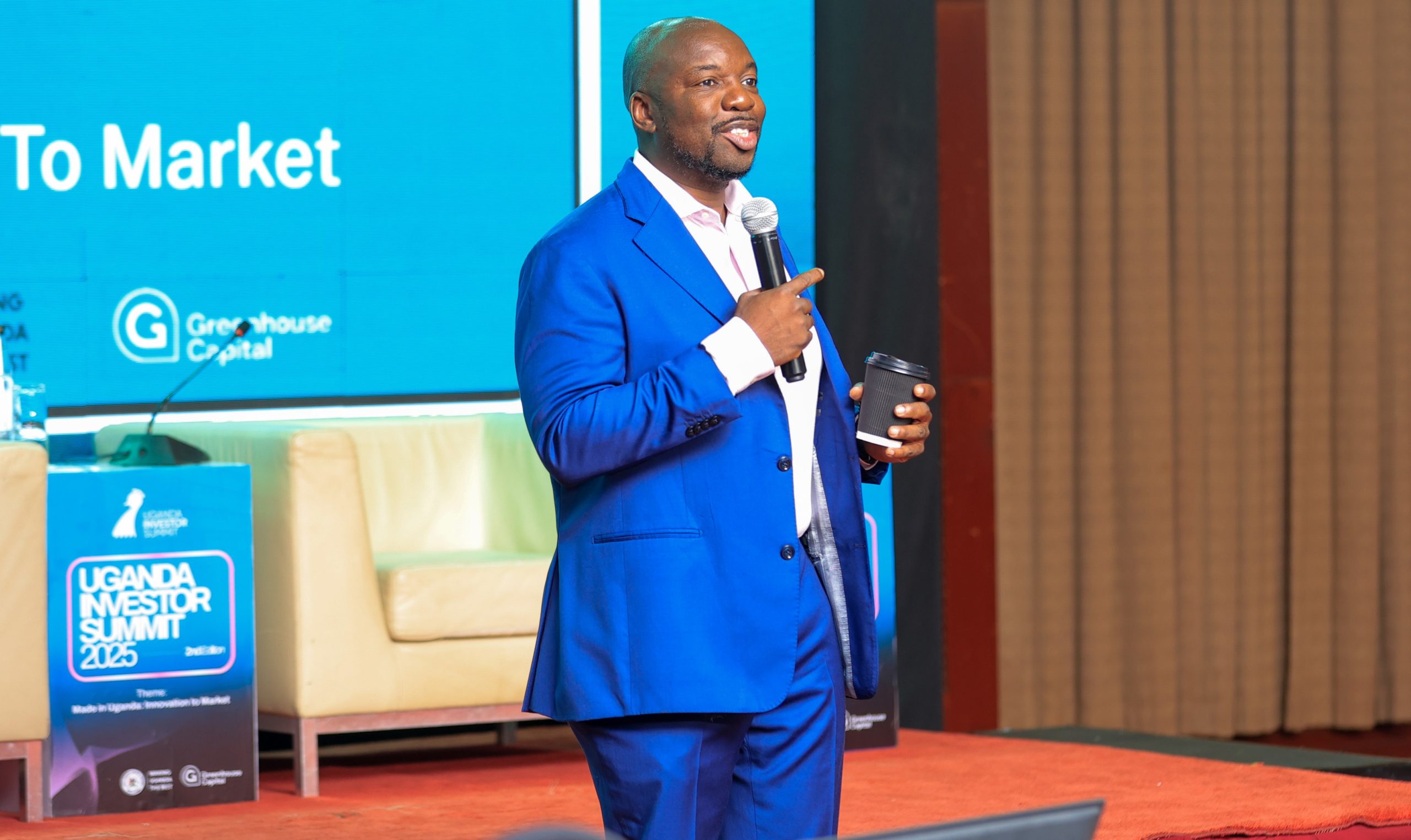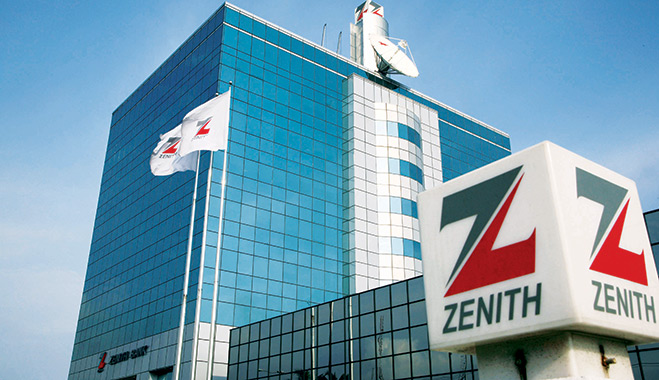On most maps of African venture capital, Uganda does not even make the key. Investors, accelerators, tech reporters—almost everyone has their gaze fixed on the so-called “Big Four”: Nigeria, Kenya, South Africa, and Egypt. These markets attract the headlines, the mega-funding rounds, the social media buzz. Kampala? Not on the radar.
Bunmi Akinyemiju thinks that is a mistake.
“Everyone else [is] looking west,” says the managing partner of Greenhouse Capital. “But the signal [is] coming from the east.”
The firm has made Uganda one of its most active markets in the last four years. The VC fund, once synonymous with fintech in Nigeria, is writing early-stage cheques of $250,000 to $500,000 into Ugandan startups—seven of them so far. But the money is only part of the story. Greenhouse is not just betting on Ugandan founders. It’s betting on Uganda’s ambition to become the continent’s proving ground for deep tech, industrial infrastructure, and science-led innovation.
While most investors chase markets with high-growth and billion-dollar valuation potential, Greenhouse is doing something less glamorous but potentially significant. In Uganda, the firm sees a chance to prove that African venture capital funding can build long-term value in manufacturing and help align policies and public institutions. Akinyemiju says it’s not another fast-money bet but a deliberate, thesis-driven experiment to create the conditions for innovation to root and endure, one that could redefine how Africa builds.
The move is bold and a little unorthodox. Most African VCs still default to big population centres, large GDPs, and markets with short-term exit potential. Uganda, by contrast, is smaller, quieter, and not yet on the unicorn scoreboard. But that, Akinyemiju says, is precisely the point.
“Uganda is one of the most underrated markets in Africa right now,” he says. “It’s politically stable, centrally located, and quietly laying the groundwork for science, technology, and innovation. We didn’t come because it was easy. We came because it was serious.”
A different signal in Uganda
Greenhouse’s bet on Uganda began with a policy redirection. Akinyemiju recalls watching closely when the Ugandan government, through its Ministry of Energy, announced a ban on the export of raw minerals, mandating local processing. “It told us Uganda was ready to build from first principles, not just import startup theatre,” he says.
That “first principles” framing runs through much of Greenhouse’s investments in the country. Instead of waiting for the market to mature on its own, the firm is working hand-in-glove with government actors like the Science, Technology and Innovation Secretariat (STI-OP) to co-create the infrastructure that startups will need to thrive, talent pipelines, shared back offices, and co-founder matchmaking services.
This policy alignment runs deep. Greenhouse has secured formal cooperation with government-backed agencies to co-host pitch days, co-fund technical feasibility studies, and even co-create startup governance frameworks to reduce regulatory friction.
Greenhouse calls this the “Capital Plus” model: money plus market-shaping.
“Investors often look for obvious traction metrics but miss structural tailwinds like science funding, policy reform, and national IP pipelines,” Akinyemiju says. “We’re showing that Uganda isn’t behind, it’s just building differently.”
From fintech to first-mile infrastructure
You must understand Greenhouse’s roots to understand just how significant this shift is. The firm made its name during the fintech boom of the 2010s, backing early winners like Flutterwave and Paystack. It built infrastructure funds. It moved quickly. It made money. But fintech, Akinyemiju says, was just the beginning.
“Fintech taught us about speed and distribution,” he says. “But it also taught us where the gaps are. Now that the pipes are in, it’s time to fund the things that flow through them—energy, sensors, mobility, real-world assets.”
Deep tech is not new, but it’s new to African VC. It often means longer timelines, higher technical risk, and untested revenue models. But it also implies permanence. And for Greenhouse, that trade-off is worth it.
“Deep tech requires patience, partnerships, and platform thinking,” Akinyemiju says. “Greenhouse was born in fintech, but we’re not a fintech fund. We’re an infrastructure fund meets vertical SaaS, with embedded fintech. This is our evolution.”
In Uganda, that evolution is taking shape in startups working on everything from AI in mining to IoT in clean energy. And the market, while small, offers a key advantage: it lets Greenhouse prototype both ends of the value chain—first-mile engineering and last-mile monetisation—at the same time. “Uganda gives us the sandbox to prototype both ends at once,” says Akinyemiju. “We’re here to build the plumbing of new African economies.”
Rethinking exit timelines
Of all the orthodoxies that Greenhouse is challenging, none is more sacred than the 3–5-year exit cycle. Ask most investors when they expect a liquidity event; that is the window they will quote. It’s borrowed from Silicon Valley. And it’s ill-fitting, Akinyemiju argues, for markets like Uganda. “It’s time we stop applying Silicon Valley clocks to Sokoto roads,” he says. “That model was imported. It doesn’t reflect how things work here.”
Greenhouse’s first fund was an evergreen structure. Its second blends debt and equity. The firm is testing catalytic capital, sovereign-backed venture studios, and joint ventures in Uganda. None of them are designed for fast flips. All of them are designed for patient, compound returns. “If Africa wants generational wealth, it needs generational timelines,” he says.
Greenhouse also takes a different view of exits. Instead of chasing IPOs or waiting for elusive M&A activity, it is manufacturing its exit pathways: state-backed procurement, regional rollups, dividend-paying ventures, and local acquirers. “Our thesis is simple,” Akinyemiju says. “In Africa, the dividend is the new exit.”
What investors miss about Uganda
To date, most African VCs still see Uganda as a nice-to-have. It’s not “scale-ready” like Lagos or Nairobi might be. However, Greenhouse argues this is a misread view of what drives scalable innovation. “Uganda isn’t small. It’s focused. It’s not noisy. It’s intentional,” Akinyemiju says.
The country’s commitment to science and digital infrastructure—primarily through Vision 2040 and the National Science, Technology and Innovation Policy (STI-OP)—has created an unusually coherent environment for early-stage experimentation.
Uganda now invests over 1% of GDP in STI-related programs, according to the Ministry of Science, Technology and Innovation (MoSTI), with a special focus on biotech, e-mobility, and indigenous manufacturing. Under its Science and Innovation Framework, the government has also launched sector-focused innovation hubs, including the Kiira Vehicle Plant in Jinja and the Pharmaceutical Industrial Park in Matugga.
Instead of betting on population size, Greenhouse is betting on structural alignment. Uganda may have a population of about 48 million—less than half of Nigeria’s or Ethiopia’s—but it ranks high in digital infrastructure growth. According to the Uganda Communications Commission (UCC), mobile internet penetration reached 58% in 2024, and the country now boasts more than 26 million mobile money users, a crucial base for testing digital payment solutions.
And because Uganda’s market is more manageable, Greenhouse believes it’s better suited for testing national-scale innovation. If something works in Uganda, it’s more likely to work elsewhere because it was built with constraints in mind. “The misunderstanding isn’t about Uganda,” he says. “It’s about not knowing how to read frontier markets.”
The East African pivot
This recalibration comes at a moment of regional rebalancing. Kenya, long the anchor of East African tech, is amid political unrest, public debt strain, and falling investor trust. Uganda, meanwhile, is leaning into stability, industrial ambition, and co-creation with private sector actors.
“Kenya is still a heavyweight, but it’s in flux — politically, economically, and in trust,” Akinyemiju says. “Uganda, meanwhile, is punching above its weight. While others talk about industrialization, Uganda is quietly structuring it — from minerals to energy to talent.”
He’s quick to clarify that Greenhouse remains bullish on Kenya, especially its diaspora capital and fintech expertise, but Uganda is where a new model is taking shape.
Avoiding Africa’s startup pitfalls
Greenhouse has learned from the boom-and-bust cycles elsewhere on the continent. In Uganda, it’s trying hard not to repeat those mistakes. “Three things we’re avoiding: chasing unicorns, importing playbooks, and ignoring the real economy,” Akinyemiju says.
That means no overfunding before infrastructure is ready. No copy-pasting models from San Francisco. No sidelining of government, institutions, or corporates. “Africa doesn’t need more billion-dollar paper valuations,” Akinyemiju says. “It needs $10M real companies that feed people, power homes, and train workers.”
For Greenhouse, success in Uganda won’t be measured only in Internal Rate of Return (IRR). It will be calculated in IIR—Irreversible Infrastructure Returns. These kinds of investments change the baseline: startups that become national utilities, founders who become ecosystem builders, institutions that outlast election cycles.
“Let’s just say: Uganda isn’t our side bet. It’s our flagship,” he says. “And we believe the next chapter of African venture won’t be written in boardrooms. It will be written in labs, in mines, in farms, and in code—with Uganda on page one.”
Mark your calendars! Moonshot by is back in Lagos on October 15–16! Join Africa’s top founders, creatives & tech leaders for 2 days of keynotes, mixers & future-forward ideas. Early bird tickets now 20% off—don’t snooze! moonshot..com









